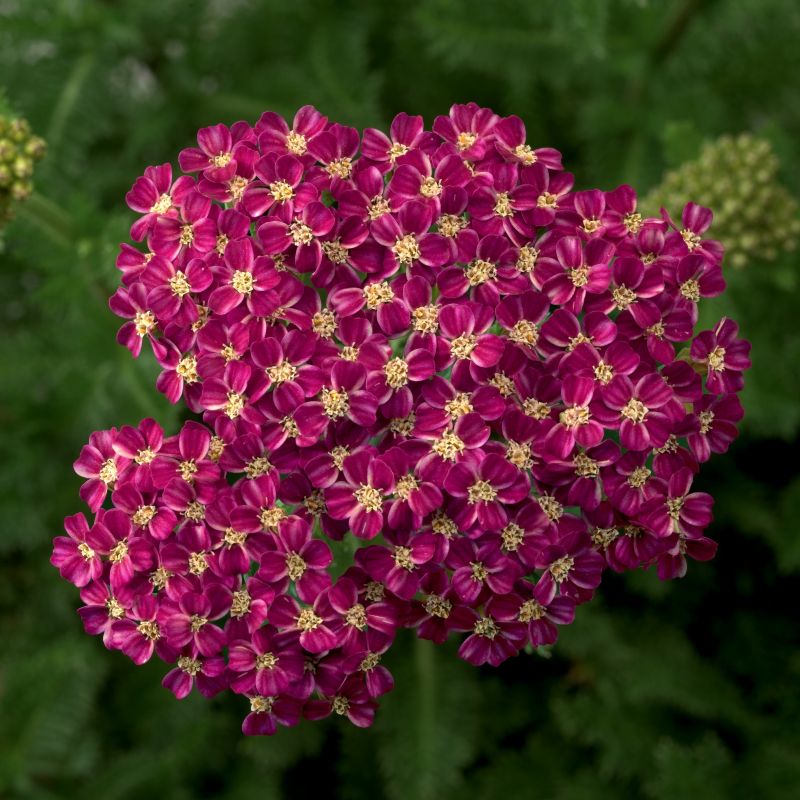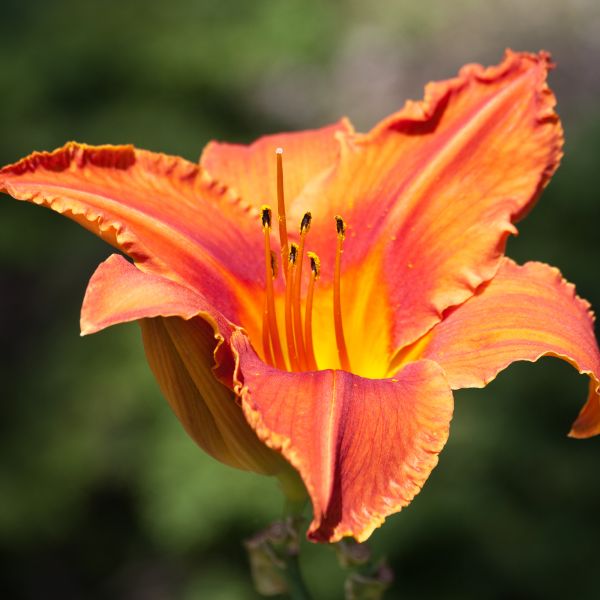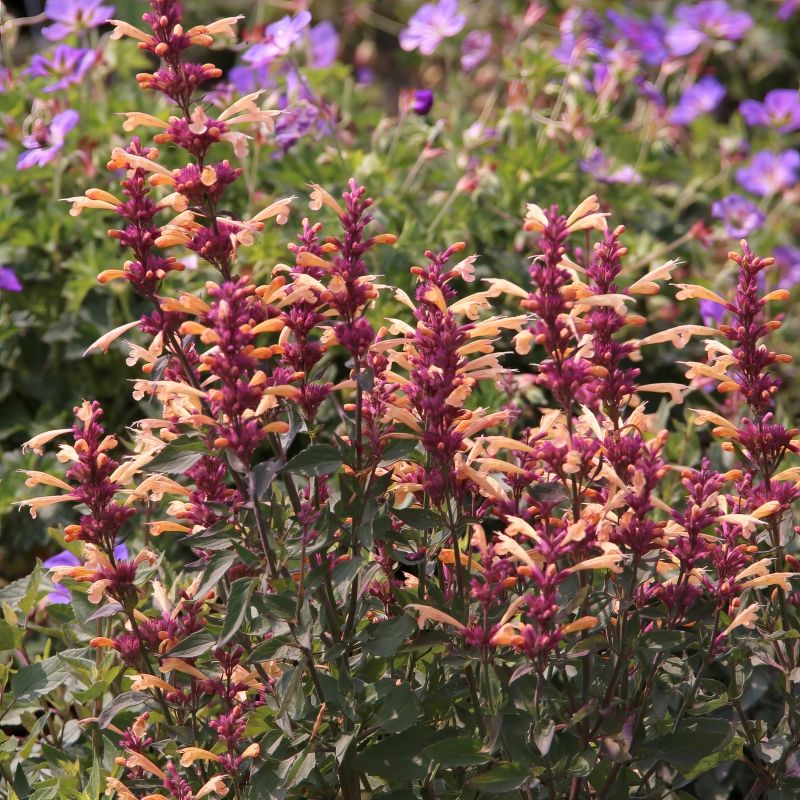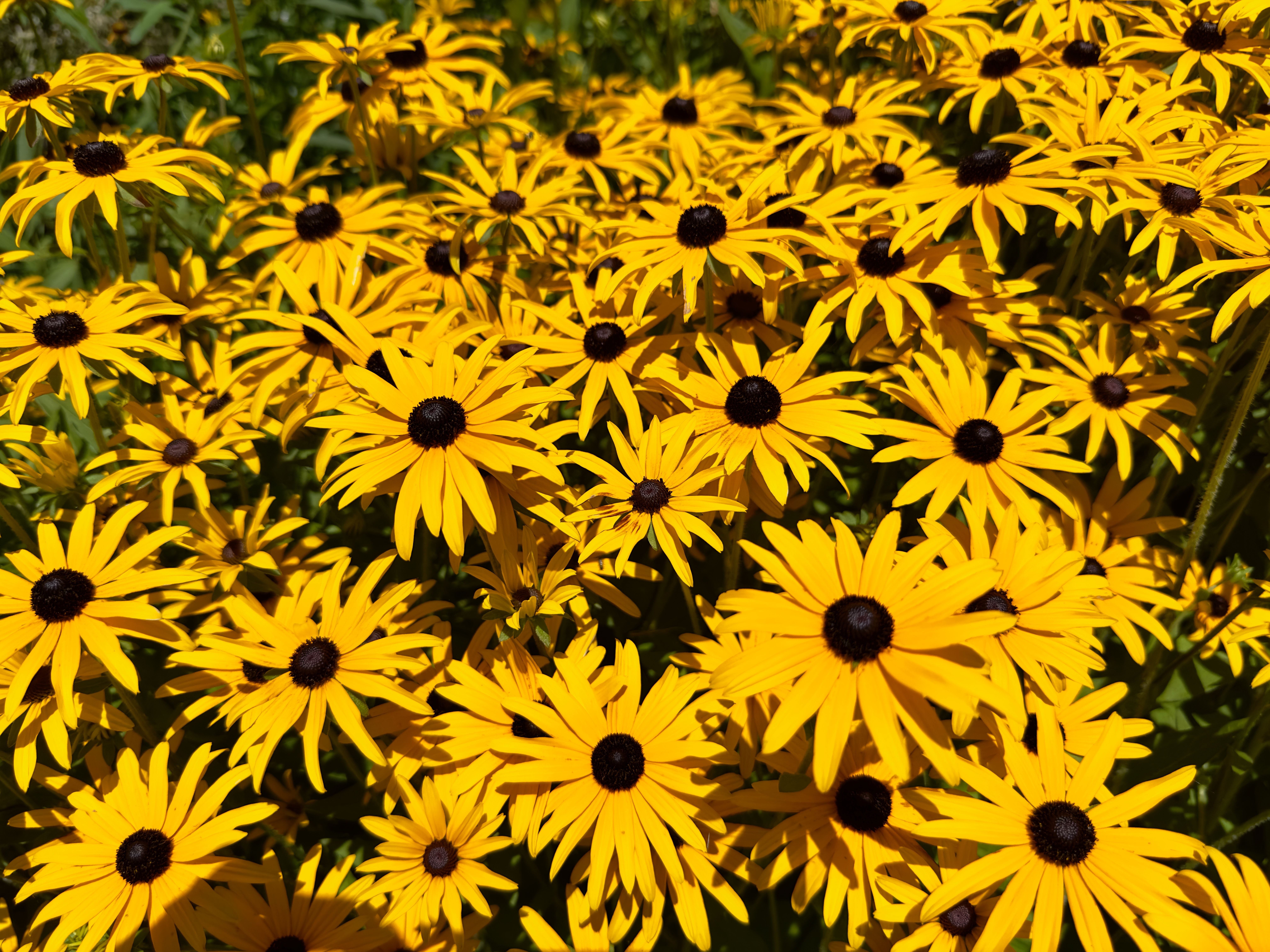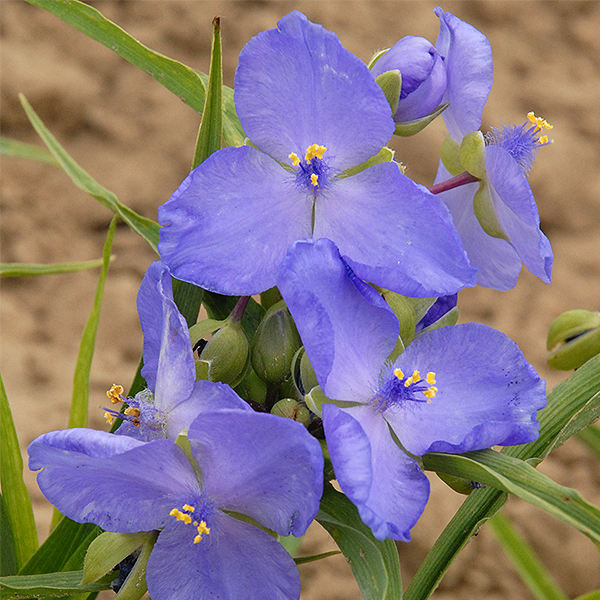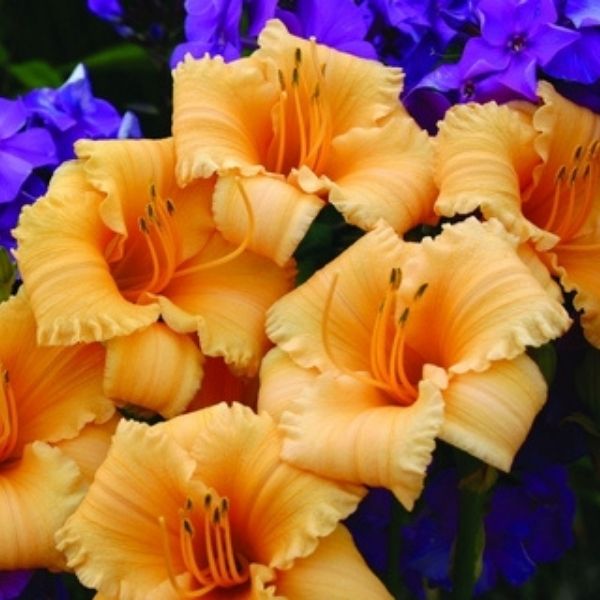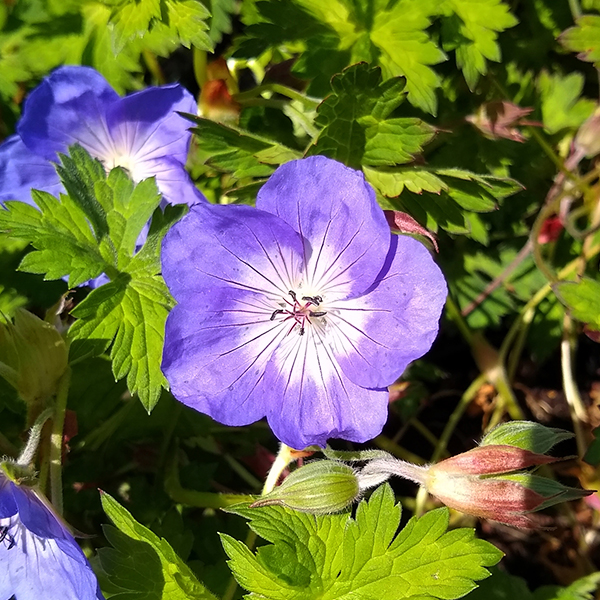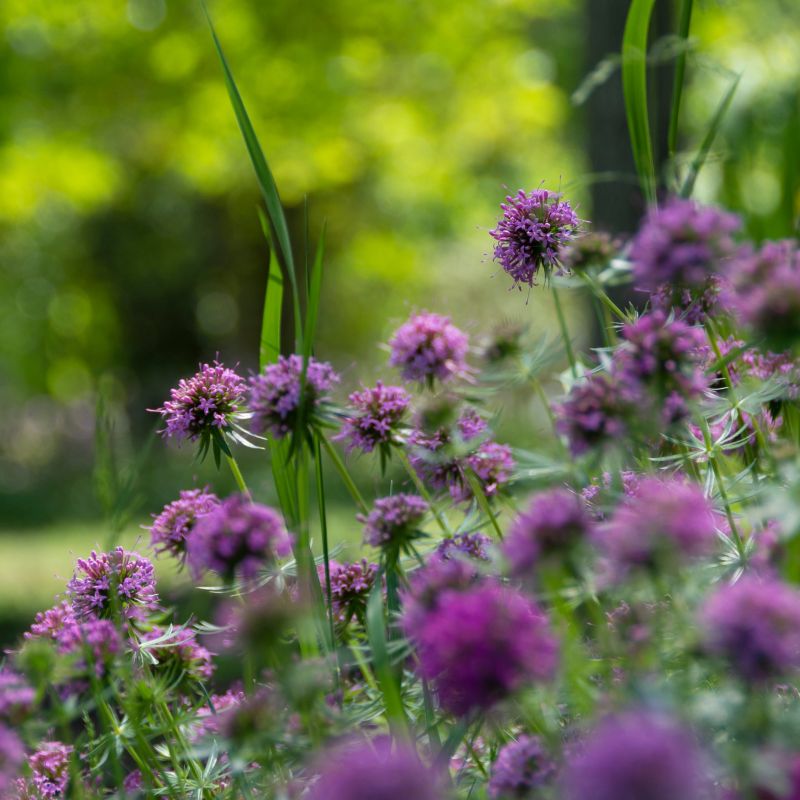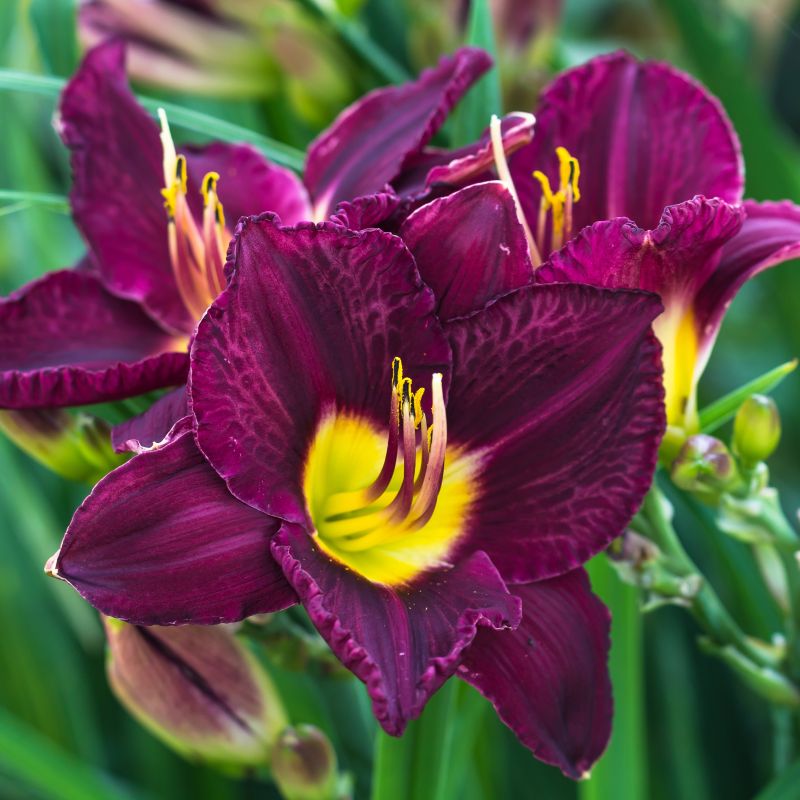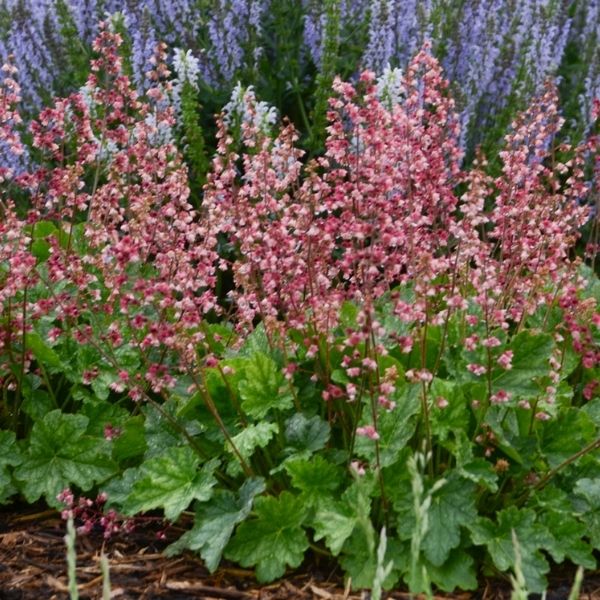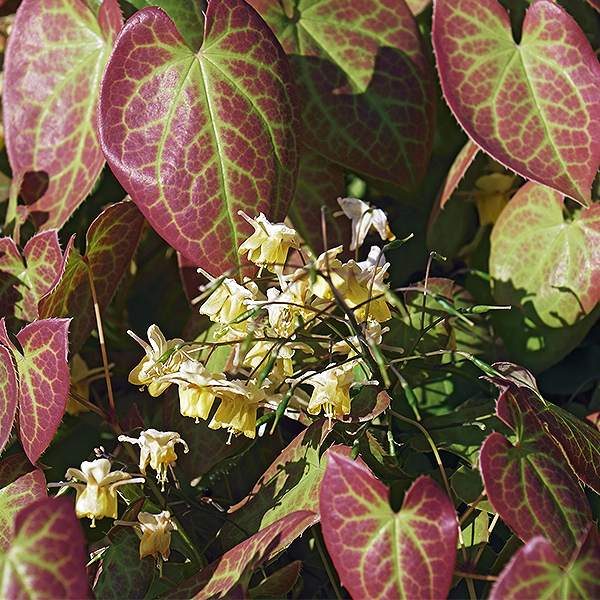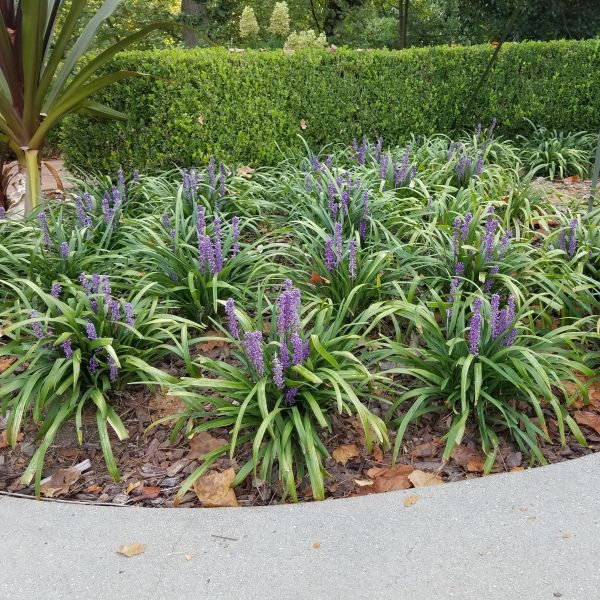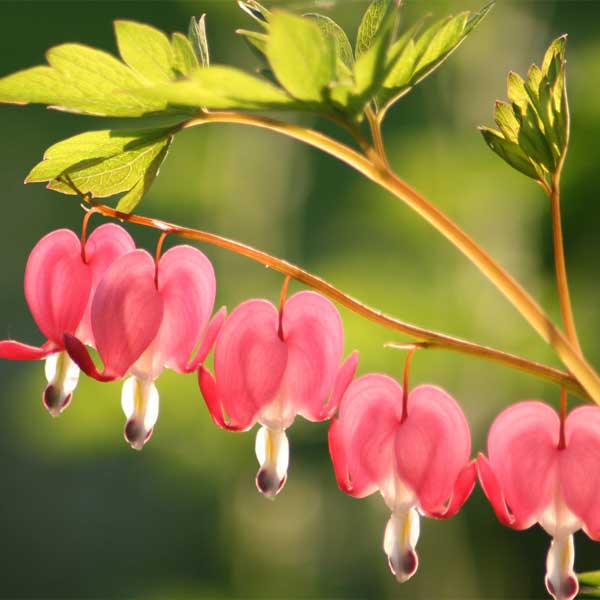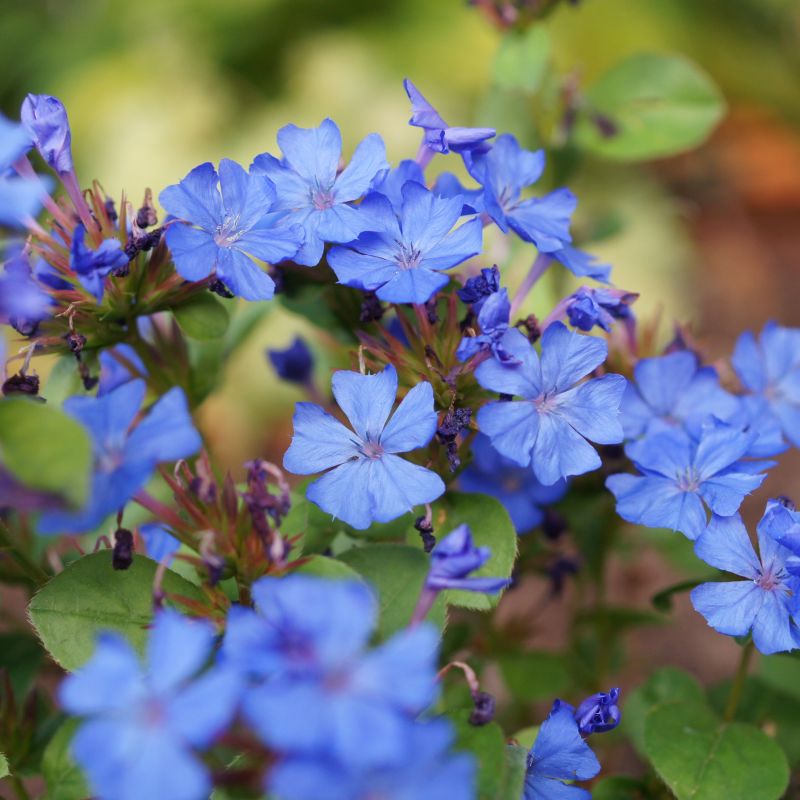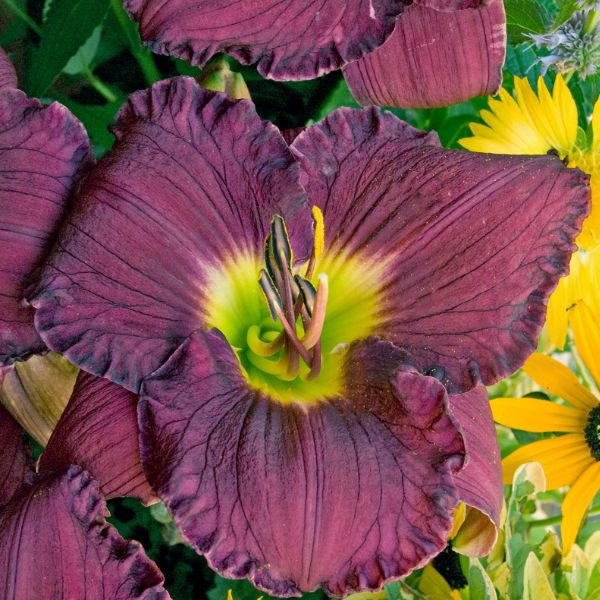
Nosferatu Daylily
Hemerocallis 'Nosferatu'
17 reviews
Nosferatu Daylily
Hemerocallis 'Nosferatu'
17 reviews
- Beautiful purple and white blooms
- Tolerant of a variety of soil conditions
- Drought resistant once established
- Recommended by landscape designers for optimal fit in real yards
$58.00
$83.00
30% Off
- Ships to 43215 in 3 to 7 days
- Free Shipping Over $150
- Plant Arrival Guarantee
- In Stock
- Free Plant Consult
$200 - Landscape-Approved: Every Plant We Sell Comes With Design Expertise Behind It
1.5 Gallon
Not just beautiful - intentionally selected by ShrubHub's 3D landscape design team to fit real-world spaces and maximize yard potential.
Why Nosferatu Daylily?
The Nosferatu Daylily is a stunning plant with deep maroon petals that resemble the dark and mysterious Count Dracula. Its unique color and shape make it a popular choice for gardeners who want to add a touch of gothic glamour to their landscapes. In addition to its striking appearance, the Nosferatu Daylily is easy to care for and adapts well to a variety of growing conditions.
People who loved this plant also bought
Sunlight
The sunlight requirement for Nosferatu Daylily is full sun to partial shade.
Watering
Nosferatu Daylily has a moderate watering requirement. It should be watered regularly but not excessively. It prefers well-drained soil and should be watered deeply whenever the top inch of soil feels dry to the touch.
Fertilizing
The fertilizer requirement for Nosferatu Daylily is a well-balanced, slow-release fertilizer applied in early spring and again in early summer.
Unleash the Mysterious Beauty of Nosferatu Daylily Shimmering Dark Purple Flowers
Introducing Nosferatu Daylily, the enchanting fragrant flowers that will add an element of mystery and elegance to your garden. With its captivating blooms and numerous benefits, Nosferatu Daylily is the perfect choice for those seeking to create a garden that is both unique and alluring.
Experience the allure of Nosferatu Daylily's dark and dramatic blooms. The deep purple pie crust ruffled petals with their contrasting yellow throats create a mesmerizing effect that is sure to captivate all who behold it. Make a bold statement in your garden with the intense and mysterious beauty of Nosferatu Daylily.
Nosferatu Daylily delights with its extended blooming period, ensuring that your garden remains vibrant and captivating for an extended period. From early summer to fall, the plant produces abundant blooms, providing continuous beauty throughout the seasons. Immerse yourself in the breathtaking allure of Nosferatu Daylily year after year.
Nosferatu Daylily is a low-maintenance plant that thrives with minimal care. It is tolerant of various soil types and can adapt to different light conditions, making it a versatile addition to any garden. Spend less time on maintenance and more time enjoying the mysterious beauty of Nosferatu Daylily in your outdoor space.
One of the standout features of Nosferatu Daylily is its resistance to deer and rabbit damage. These pesky garden visitors often wreak havoc on plants, but Nosferatu Daylily stands strong against their nibbling. Enjoy peace of mind knowing that your garden will remain protected and unharmed by these common garden pests.
Nosferatu Daylily's striking appearance makes it a versatile plant for various landscaping purposes. Whether used as a statement plant, border plant, or as part of a mixed flower bed, Nosferatu Daylily adds a touch of mystery and elegance to any garden design. Let your imagination run wild and create a garden that is truly unique with Nosferatu Daylily.
Order today and unveil the mysterious allure of Nosferatu Daylily in your garden! Don't miss the opportunity to add dark and dramatic beauty, low-maintenance elegance, and pest resistance to your outdoor space.
Plant Information:
| Botanical Name: | Hemerocallis 'Nosferatu' |
| USDA Zones: | 3 - 9 |
| Water: | Moderate |
| Exposure: | Full Sun |
| Soil Needs: | Widely Adaptable |
| Mature Height: | 18 - 24 inches |
| Mature Spread: | 18 - 24 inches |








Pollination Info
Pollination Information for Nosferatu Daylily (Hemerocallis 'Nosferatu')
Nosferatu daylilies are perfect for attracting pollinators such as bees and butterflies to your garden. These vigorous plants have large blooms that produce plenty of nectar and pollen, making them a great food source for pollinators.
Pollination Method
Nosferatu daylilies are primarily pollinated by insects such as bees and butterflies. As these insects feed on the nectar within the flower, they inadvertently transfer pollen from the anthers to the stigma, resulting in fertilization and seed production.
Blooming Season
Nosferatu daylilies typically bloom from early to mid-summer, with each bloom lasting only one day. However, the plant produces multiple blooms on each stem, resulting in a long blooming season.
Cross-Pollination
While daylilies are typically self-pollinating, cross-pollination can occur between different varieties of daylilies. This can result in interesting genetic combinations and new hybrid varieties. If you wish to prevent cross-pollination between different varieties, it is best to plant them at least 2 feet apart.
Importance of Pollination
Pollination is essential for the reproduction of daylilies and the production of viable seeds. Without pollinators such as bees and butterflies, daylilies would not be able to produce seeds and would eventually die out. In addition, pollinators play an important role in maintaining biodiversity and supporting the overall health of our ecosystems.
FAQ
Nosferatu Daylily (Hemerocallis 'Nosferatu') FAQ
General Information
- What is Nosferatu Daylily?
Nosferatu Daylily is a hybrid variety of Hemerocallis, a genus of herbaceous flowering plants in the family Asphodelaceae. It produces dark purple blooms with yellow throats. - What is the origin of Nosferatu Daylily?
Nosferatu Daylily was created by Walter Jablonski, a well-known daylily hybridizer in the United States. It was registered with the American Hemerocallis Society in 1979. - How tall does Nosferatu Daylily grow?
Nosferatu Daylily grows to a height of around 24-30 inches (61-76 cm). - When does Nosferatu Daylily bloom?
Nosferatu Daylily blooms in mid to late summer, typically in July or August. - Is Nosferatu Daylily deer-resistant?
Yes, Nosferatu Daylily is considered deer-resistant.
Planting and Care
- Where should I plant Nosferatu Daylily?
Nosferatu Daylily prefers full sun but can tolerate partial shade. It prefers well-draining soil and regular watering. - How deep should I plant Nosferatu Daylily?
Nosferatu Daylily should be planted with the crown (the point where the leaves and roots meet) at or just below the soil surface. Space the plants around 18-24 inches (46-61 cm) apart. - How much water does Nosferatu Daylily need?
Nosferatu Daylily prefers regular watering, especially during dry periods. Water deeply but infrequently to encourage deep root growth. - Does Nosferatu Daylily require fertilizer?
Nosferatu Daylily benefits from regular fertilization with a balanced fertilizer (10-10-10) in early spring and again in late summer. Follow the manufacturer's instructions for application rates. - How do I divide Nosferatu Daylily?
Nosferatu Daylily can be divided in early spring or late summer once the foliage begins to die back. Dig up the clump and gently separate the individual fans (groups of leaves and roots). Replant the divisions at the same depth they were previously growing.
Pests and Diseases
- What pests attack Nosferatu Daylily?
Common pests that may attack Nosferatu Daylily include spider mites, thrips, aphids, and slugs. - What diseases affect Nosferatu Daylily?
Nosferatu Daylily may be susceptible to leaf streak, crown rot, and rust. Proper sanitation and spacing can help prevent the spread of these diseases. - How can I control pests and diseases on Nosferatu Daylily?
Applying insecticidal soap or neem oil can help control common pests on Nosferatu Daylily. Fungicides may be necessary to control diseases. Proper watering, spacing, and sanitation can also help prevent pest and disease problems.
Planting & Care
Planting and Care for Nosferatu Daylily (Hemerocallis 'Nosferatu')
- Planting: Nosferatu daylilies can be planted in the spring or fall in a location that receives full sun to partial shade. The soil should be well-drained and rich in organic matter. Dig a hole that is twice as wide and deep as the root ball and place the plant in the hole with the crown at soil level. Backfill the hole with soil and water well.
- Watering: Water the daylilies deeply once a week or more often during periods of drought. Make sure the soil stays evenly moist but not waterlogged.
- Fertilizing: Apply a slow-release fertilizer in the spring before new growth emerges. Follow the package instructions for dosage and application method.
- Pruning: Deadhead spent flowers to encourage more blooming and remove any yellow or dead leaves to keep the plant looking tidy.
- Pests and Diseases: Daylilies are relatively pest and disease-resistant but may occasionally be affected by spider mites, thrips, or leaf spot. Use insecticidal soap or horticultural oil to control pests and remove any affected leaves to prevent the spread of disease.
- Division: Daylilies can become overcrowded and benefit from division every 3-4 years. Divide them in the spring or fall by digging up the clump and separating the individual plants with a sharp knife or garden fork. Replant the divisions in a new location or give them away to friends and neighbors.
Check Out These Verified Customer Reviews:
Customer Reviews
4.8 out of 5 based on 17 reviews
Thank you! Your review has been submitted.
Customer service was top-notch. They promptly answered all my questions and were very helpful.
Thriving in my garden.
The Nosferatu Daylily I received was exactly as described on the website. The plant arrived in pristine condition and is thriving in my garden. I couldn't be happier with this purchase!
Item has been added to your cart.




